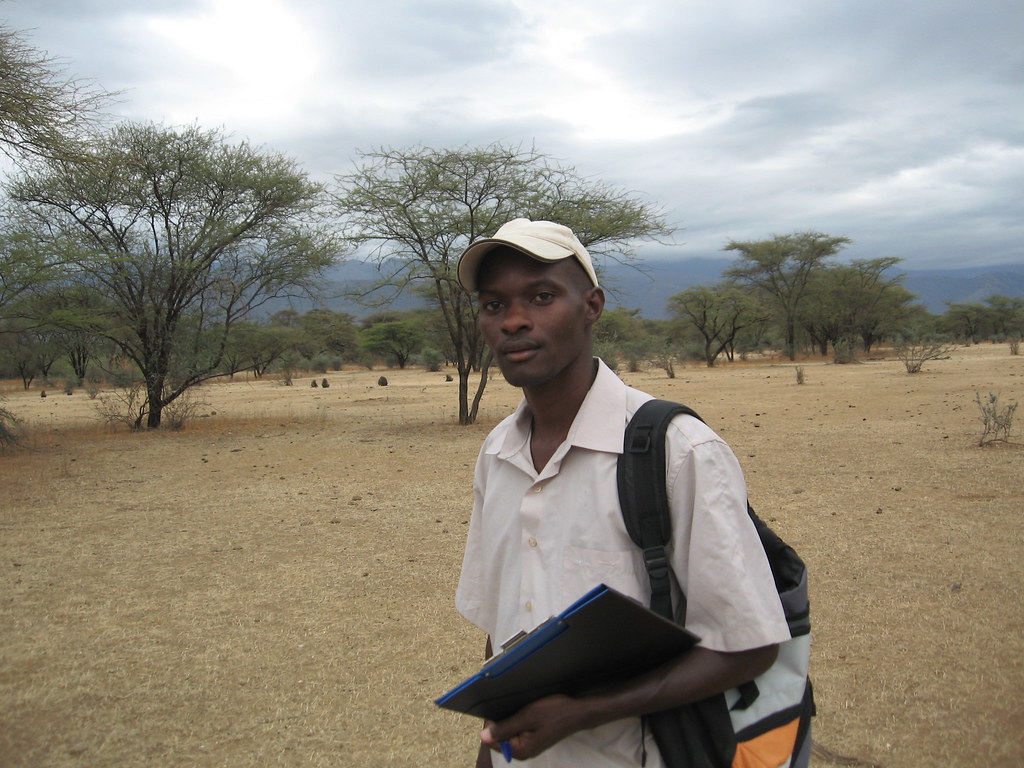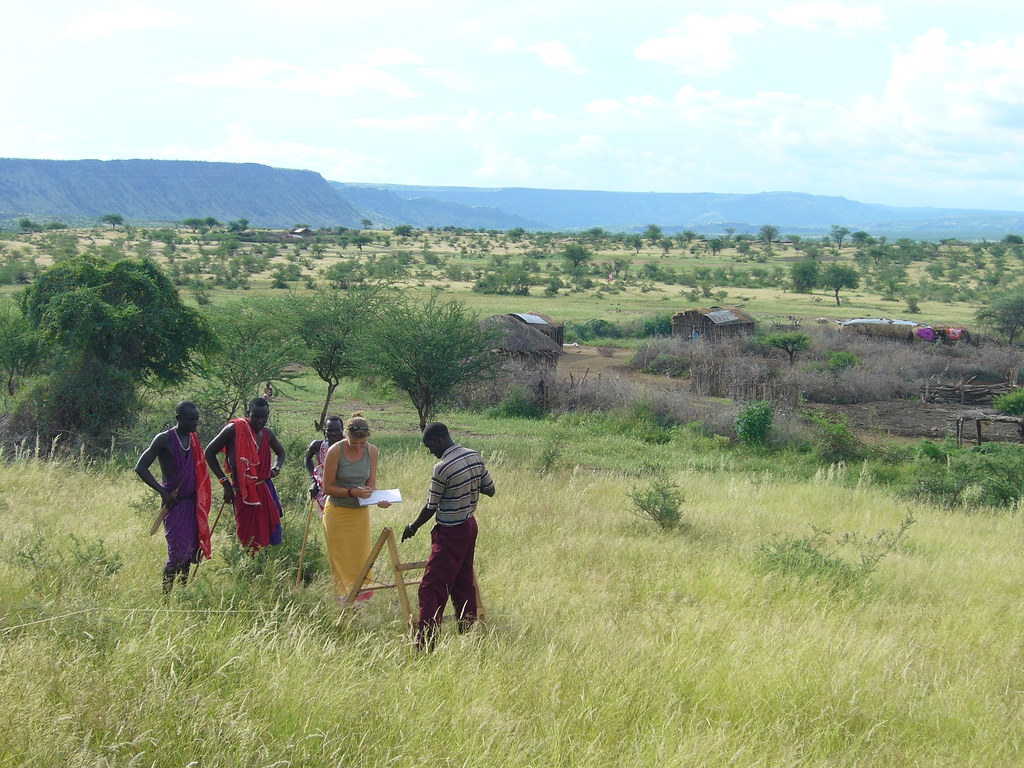
We were fortunate to radio-collar a new female lion this week! As we mentioned in earlier posts, the distribution of lions has changed dramatically since the long rains began in March, the Maasai people moved to the east side of the river to graze their livestock, and the zebra and wildebeest herds have moved out from their drought refuges. We have been following our radio-collared lions as they literally move around now unoccupied bomas (homes), hunting the plentiful zebra, wildebeest, and grants gazelle. In the process, we’ve encountered several groups of unidentified lions and cubs, pushing the limits of what we thought we knew about the region’s lion population. As such, we took advantage of a good situation to radio-collar a 4 year-old female lion from a group of 3 females. She is strong and healthy, the largest of our 3 radio-collared females. We now have 5 lions radio-collared (3 female, 2 males) in the area. Surely, following this new lion will help clarify how many lions there are in this seemingly ever-growing population, and provide further insight into how the Maasai people are able to coexist with lions and other large predators in the South Rift Valley of Kenya.
However, we would like to provide “Lion #5” a better name, and want to offer our supporters the chance to help name her. So, for the next week, we encourage you to email us (schuette@montana.edu) your favorite suggestions for this newly collared lion. In one week, we will pick our favorite 4-5 names, and hold a vote. Details will be provided by twitter (follow our tweets at ‘southrift’), on facebook (become friends with Paul Schuette, Christine Kovash, Samantha Russell, or Joel Njonjo), and here on the blog. Think hard and send us your favorite lion names…












